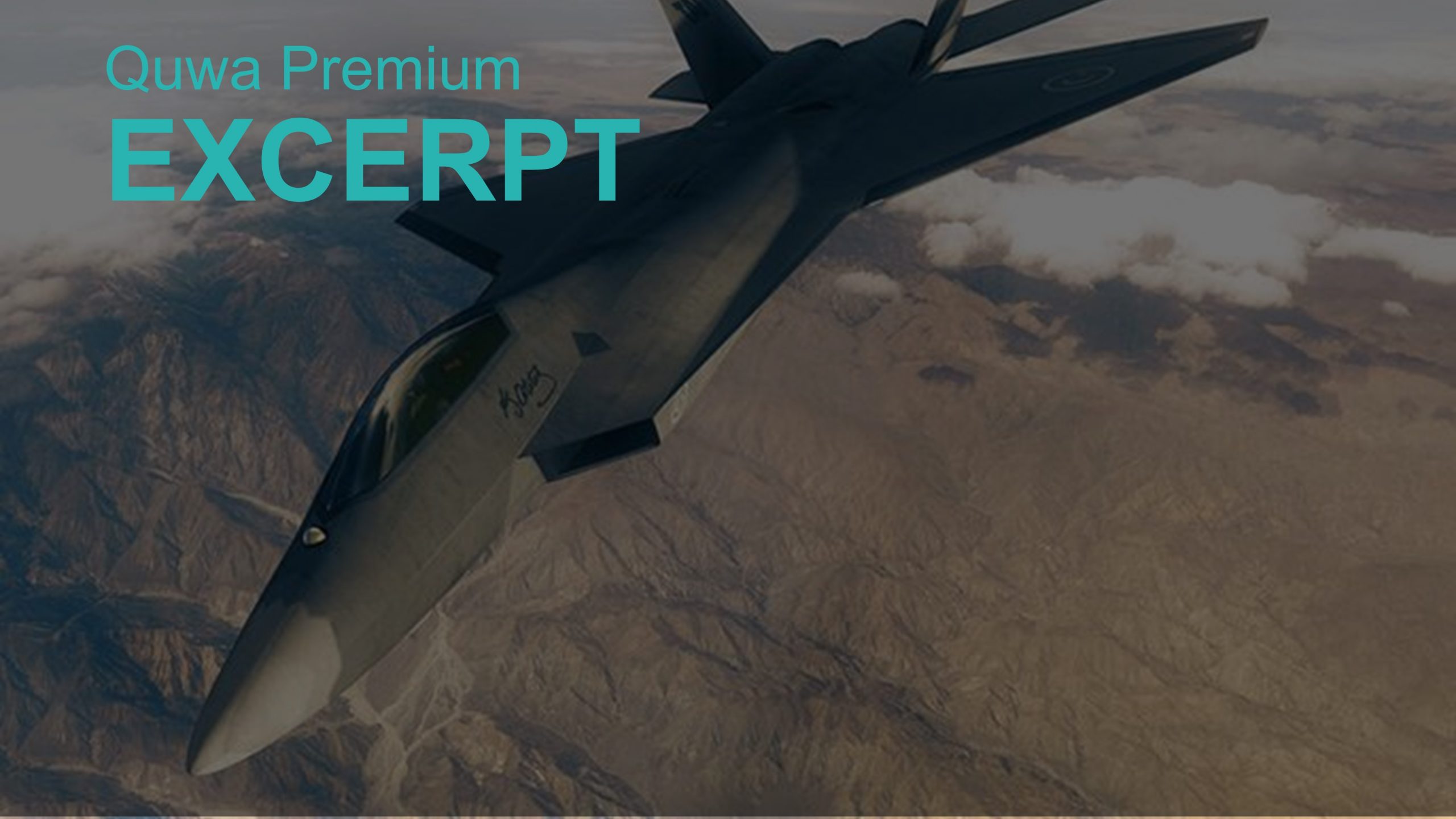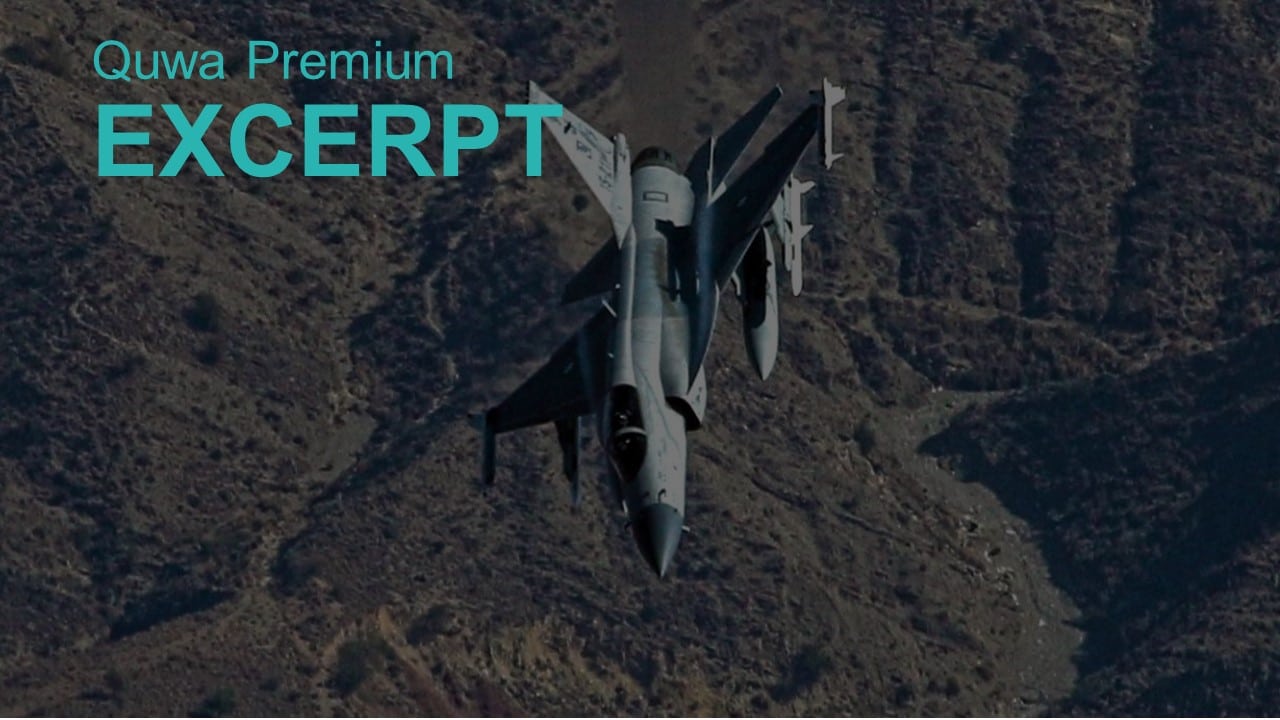2410Views

Turkey’s Fighter Efforts Start Catching Momentum
The centerpiece of Turkey’s aerospace development efforts is undoubtedly the Milli Muharip Uçak (MMU) – or National Combat Aircraft (i.e., the TFX). Spearheaded by Turkish Aerospace Industries (TAI), Turkey’s current plans are focused on rolling out a prototype in 2023 and, potentially, a test-flight in 2025.[1]
These dates reflect Turkey’s decision to use an off-the-shelf powerplant – i.e., the General Electric (GE) F110 – to power the prototype TFX/MMU and, potentially, its first production variants.[2] However, Turkey also plans to fly a variant of the MMU with indigenously developed engines by 2029.[3]
TR Motor is managing the indigenous engine development program. TR Motor is a jointly-owned public and private corporation with investment from TAI (i.e., a state-owned entity), BMC (i.e., a private sector giant), and SSTEK (a state-owned entity owned by the Presidency of Defence Industries or SSB).
According to Osman Dur, the general manager of TR Motor, said that 80 engineers were working (as of 2020) on the engine.[4] However, this is likely the start of TR Motor’s human resource investment. According to TAI’s general manager, Temel Kotil, the various involved in the MMU will need 3,000 personnel for the program. This would be in addition to the 3,000 TAI alone is hiring to carryout airframe development.[5]
The airframe and engine are basically the flagships of the MMU program, but Turkey is taking indigenous inputs seriously enough to even consider less conspicuous subsystems. For example, TR Motor will design and develop the auxiliary power unit (APU) and air turbine start system (ATSS) of the MMU.[6]
In addition, other Turkish companies across the public and private sector are developing onboard oxygen-generating systems (OBOGS), airframe materials (e.g., composites), onboard electronics (e.g., radar), and air-to-air and air-to-surface munitions. In fact, many of these programs are further along compared to the MMU and, in turn, could see implementation in several years through upgrades for Turkey’s F-16s.
Overall, these examples demonstrate that the Turkish government’s seriousness in developing the MMU has now translated into significant industry-wide efforts. Basically, the MMU is no longer confined to TAI or the SSB, but now involves Turkey’s major aerospace suppliers.
Figuratively speaking, the MMU “ball is rolling,” but the question now is how much of a runway Turkey is able to afford on its own. There is no doubt that a next-generation fighter aircraft (NGFA) is an incredibly expensive effort, especially for a large twin-engine fighter such as the MMU. Turkey recognized this issue early on in 2016-2017, so it invited other countries (including Pakistan) to the MMU.
End of Excerpt (417/1,164 words)
You can read the complete article by logging in (click here) or subscribing to Quwa Premium (click here).
[1] “National Combat Aircraft Will Make Its First Flight in 2025, Enter Inventory in 2029.” Railly News. 14 March 2021. URL: https://raillynews.com/2021/03/milli-muharip-ucak-2025te-ilk-ucusunu-yapacak-2029da-envantere-girecek/
[2] Burak Ege Bekdil. “General Electric beats Rolls-Royce to power Turkey’s indigenous fighter jet. Defense News. 31 October 2018. URL: https://www.defensenews.com/industry/2018/10/31/general-electric-beats-rolls-royce-to-power-turkeys-indigenous-fighter-jet/
[3] “Homegrown fighter jet to fly with domestic engine by 2029.” Daily Sabah. 10 January 2020. URL: https://www.dailysabah.com/defense/2020/01/10/homegrown-fighter-jet-to-fly-with-domestic-engine-by-2029
[4] Ibid.
[5] “Turkey’s TAI rolls up its sleeves for new unmanned aerial aircraft.” Daily Sabah. 30 March 2021. URL: https://www.dailysabah.com/business/defense/turkeys-tai-rolls-up-its-sleeves-for-new-unmanned-aerial-aircraft
[6] “Turkish Aerospace & TRMOTOR Signs Protocol for the Development of MMU`s Power Units.” Defence Turkey. Issue 105. Volume 15. 2021. URL: https://www.defenceturkey.com/en/content/turkish-aerospace-trmotor-signs-protocol-for-the-development-of-mmu-s-power-units-4468


